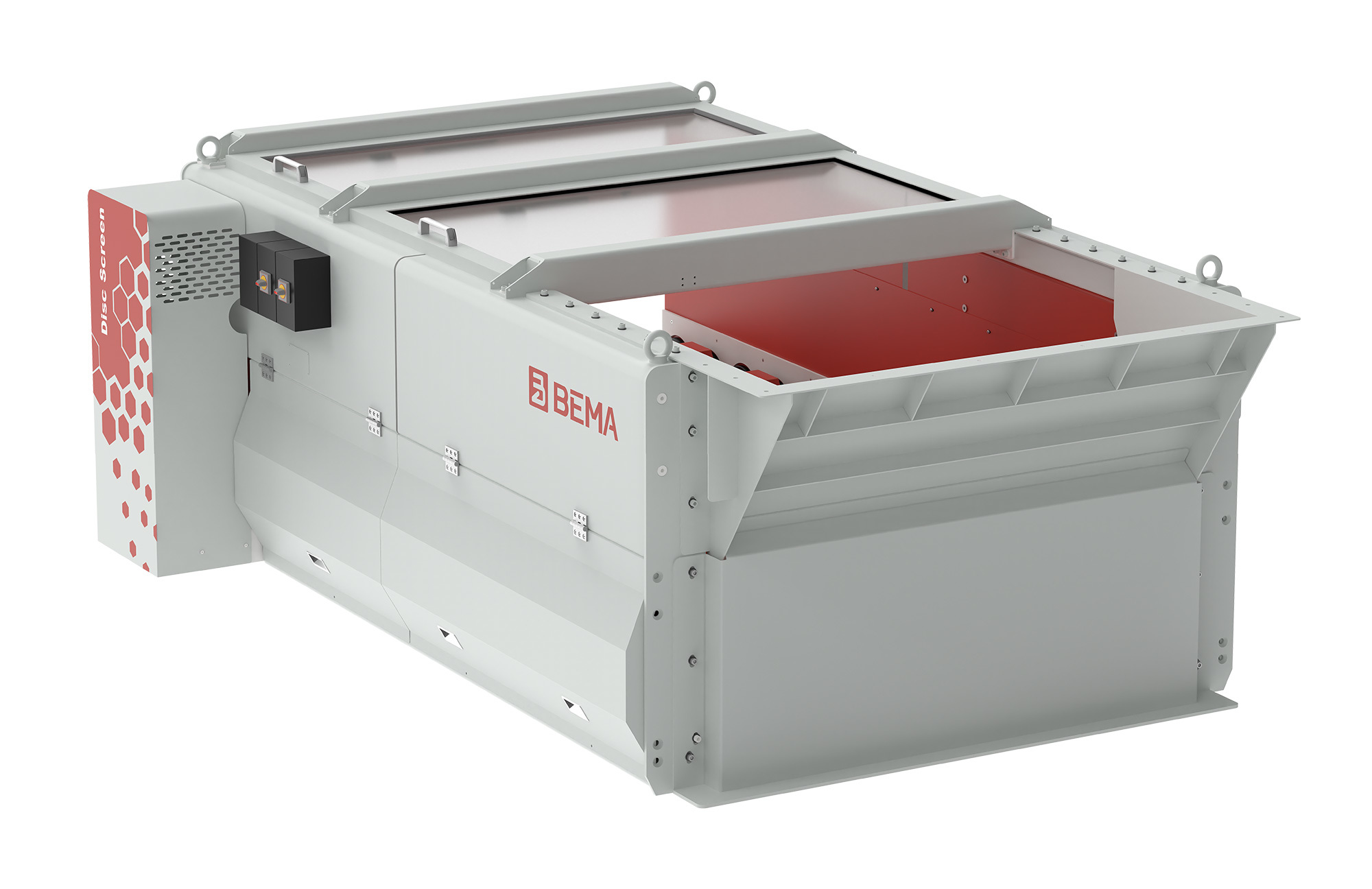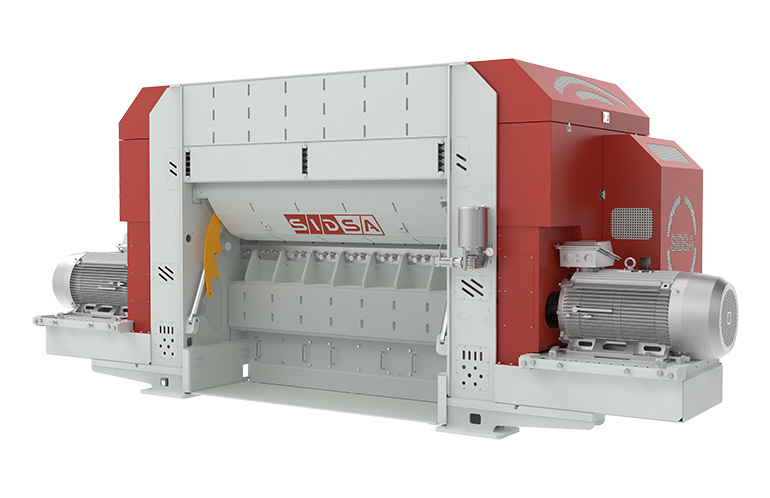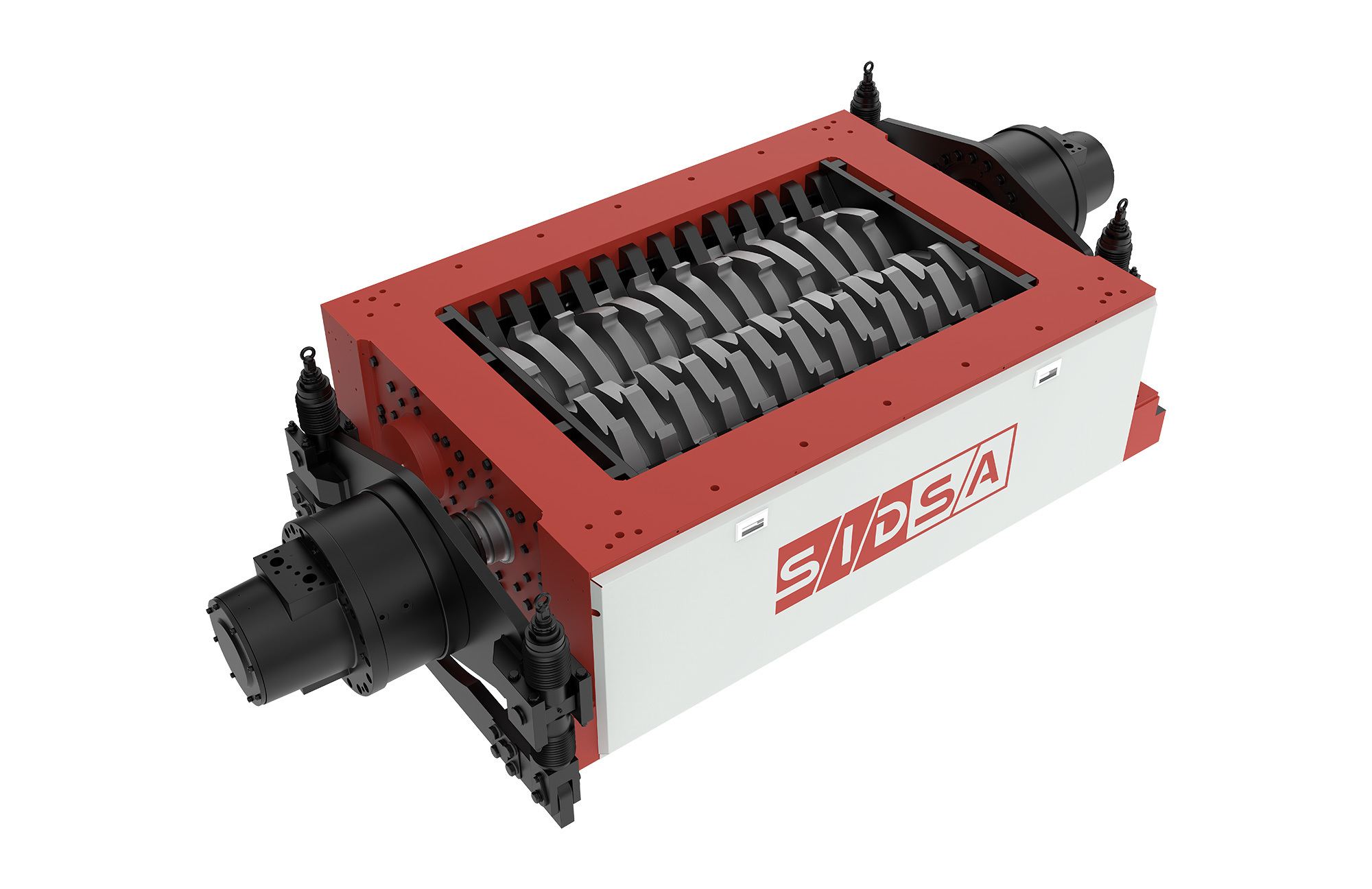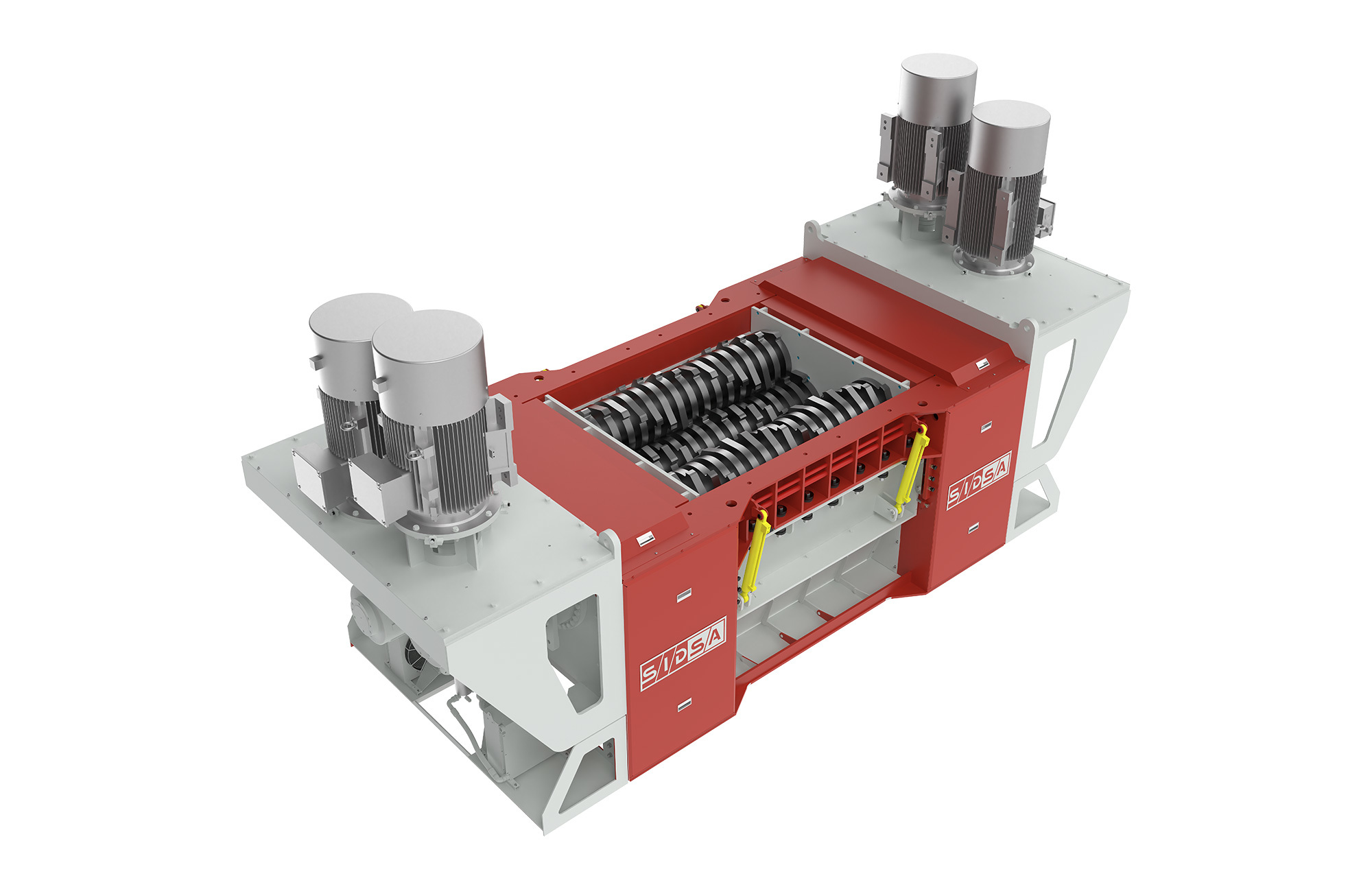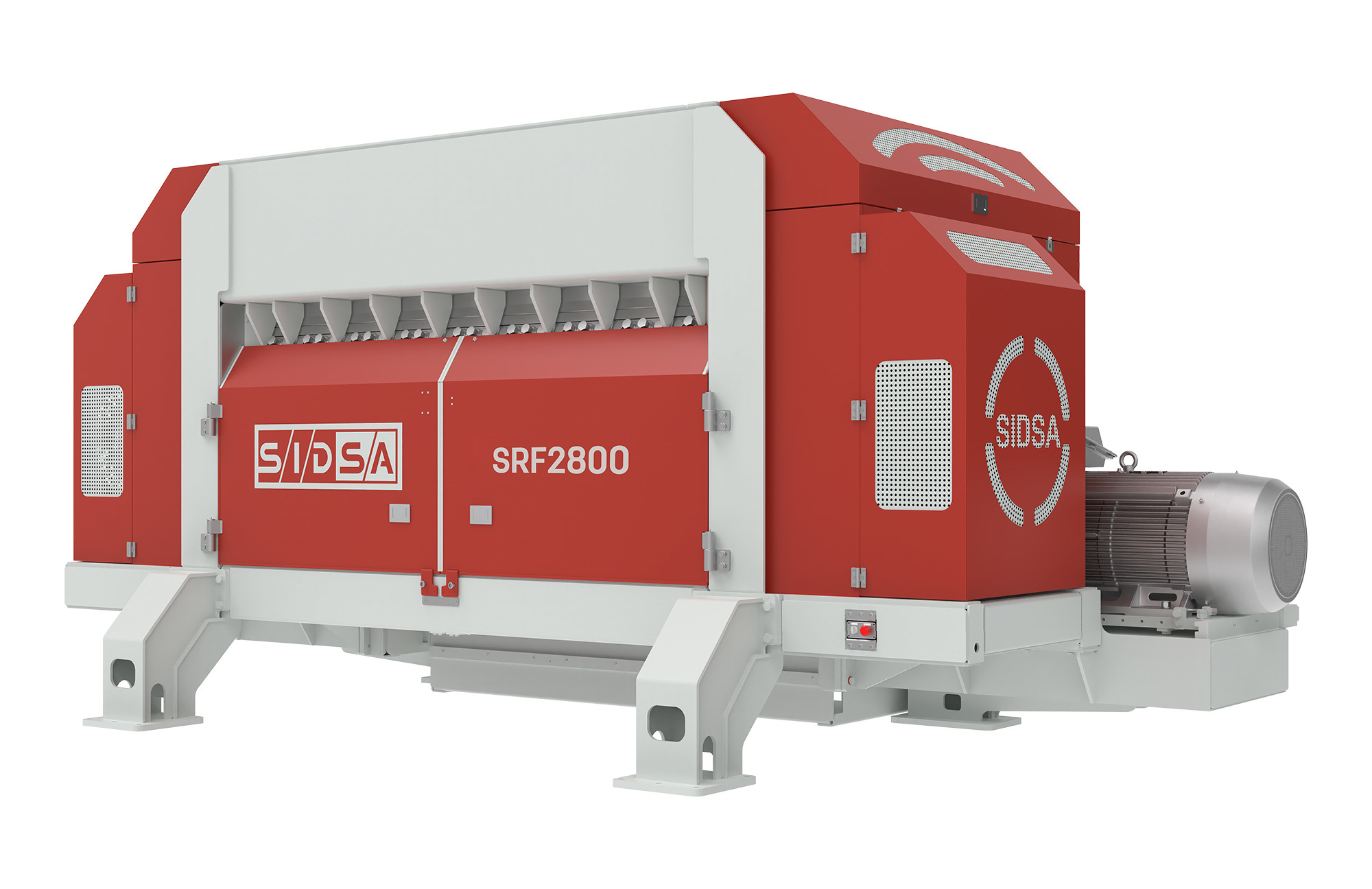Transform Your Waste Processing with a 4-Shaft RDF Shredder: The Future of Efficient Waste Management
Release Time:
Apr 28,2025
Transform Your Waste Processing with a 4-Shaft RDF Shredder
Introduction to RDF Shredders
Waste management is a critical component of environmental sustainability, and with the ever-increasing generation of waste, efficient processing solutions are necessary. The **4-Shaft RDF Shredder** emerges as a game-changer in the industry. This sophisticated machine is designed to handle various types of waste materials, enhancing shredding efficiency while minimizing operational costs. In this article, we will explore the intricacies of how a 4-Shaft RDF Shredder can transform your waste processing operations.
Understanding RDF and Its Importance
RDF stands for Refuse-Derived Fuel, which is produced from various types of waste materials. The significance of RDF lies in its dual role: it not only reduces the volume of waste but also converts it into a usable fuel source. By employing a **4-Shaft RDF Shredder**, businesses can streamline the processing of waste into RDF, facilitating easier storage, transportation, and usage in energy generation.
What is a 4-Shaft RDF Shredder?
A **4-Shaft RDF Shredder** is a heavy-duty machine equipped with four parallel shafts that rotate in opposite directions, effectively shredding waste materials. This unique design allows for more efficient processing, enabling the machine to handle larger volumes of waste compared to traditional shredders. The end product is finely shredded material suitable for conversion into RDF, which can then be used as an alternative fuel source in various industries.
Key Features of 4-Shaft RDF Shredders
To fully appreciate the capabilities of a 4-Shaft RDF Shredder, it is essential to understand its key features:
- High Efficiency: The four-shaft design maximizes shredding efficiency, reducing the size of materials quickly and easily.
- Durability: Built with robust materials, these shredders are designed to withstand the rigors of heavy usage.
- Versatility: Capable of processing a wide variety of materials, including plastics, wood, and mixed waste.
- Low Noise Operation: Engineered for quieter operation, making it suitable for environments where noise reduction is essential.
- Advanced Safety Features: Equipped with safety mechanisms to protect operators and ensure safe operation.
Benefits of Using a 4-Shaft RDF Shredder
The adoption of a 4-Shaft RDF Shredder comes with several advantages that make it an invaluable asset for waste processing operations.
1. Enhanced Waste Reduction
The primary function of a 4-Shaft RDF Shredder is to significantly reduce the volume of waste. By efficiently shredding materials into smaller pieces, the machine allows for easier handling and disposal, promoting a cleaner environment.
2. Cost Savings
While the initial investment in a 4-Shaft RDF Shredder might seem substantial, the long-term cost savings are undeniable. The efficiency of the shredding process leads to reduced labor and operational costs, making it a financially savvy choice for businesses.
3. Environmental Compliance
As environmental regulations become stricter, companies must find compliant ways to manage waste. A 4-Shaft RDF Shredder helps businesses meet regulatory standards while promoting sustainable practices through effective waste reduction and RDF production.
4. Improved Resource Recovery
By converting waste into RDF, businesses can recover valuable resources that can be utilized as an alternative fuel source. This not only enhances sustainability but also contributes to the circular economy by creating new energy opportunities from waste.
Applications of 4-Shaft RDF Shredders
The versatility of 4-Shaft RDF Shredders enables them to be utilized across various industries. Some of the key applications include:
1. Manufacturing Industry
In manufacturing, waste products such as plastics, wood, and textiles can be effectively shredded and converted into RDF, reducing waste disposal costs.
2. Municipal Waste Processing
Municipalities can employ 4-Shaft RDF Shredders to manage the organic and inorganic waste produced within their regions, helping to maintain cleaner urban environments.
3. Energy Generation
RDF produced from shredded waste can be used in energy plants as an alternative fuel, contributing to cleaner energy generation and reducing reliance on fossil fuels.
Selecting the Right 4-Shaft RDF Shredder
Choosing the right 4-Shaft RDF Shredder is crucial for optimizing waste processing operations. Here are key factors to consider:
1. Material Types
Evaluate the types of materials you plan to process with the shredder. Ensure that the machine is designed to handle the specific waste streams you generate.
2. Capacity Requirements
Consider the volume of waste you produce regularly. Select a shredder with the appropriate capacity to handle your processing needs efficiently.
3. Maintenance and Support
Assess the manufacturer's support services and the availability of replacement parts. A reliable support system can ensure the longevity and efficiency of your shredder.
4. Energy Efficiency
Look for shredders that offer energy-efficient operation to reduce energy costs and minimize environmental impact.
Maintenance Tips for 4-Shaft RDF Shredders
To ensure the longevity and optimal performance of your 4-Shaft RDF Shredder, regular maintenance is essential. Here are some effective maintenance tips:
1. Regular Inspections
Conduct regular inspections to identify any signs of wear and tear. Early detection of issues can prevent costly repairs or downtime.
2. Lubrication
Keep the shredder’s moving parts properly lubricated to reduce friction and wear. Follow the manufacturer’s guidelines for lubrication schedules.
3. Blades Replacement
Monitor the condition of the blades and replace them as necessary. Dull blades can hinder performance and increase energy consumption.
4. Cleaning
Regularly clean the shredder to remove any debris or buildup that could affect performance. A clean machine operates more efficiently.
Frequently Asked Questions (FAQs)
1. What is the difference between a 2-shaft and 4-shaft RDF shredder?
A 4-Shaft RDF Shredder offers greater efficiency and versatility in processing waste compared to a 2-Shaft shredder due to its design that allows for finer shredding and handling of a broader range of materials.
2. How does a 4-Shaft RDF Shredder improve waste processing efficiency?
The unique four-shaft design allows for continuous and effective shredding, significantly reducing waste volume and processing time, leading to greater operational efficiency.
3. What types of materials can be processed with a 4-Shaft RDF Shredder?
A 4-Shaft RDF Shredder can handle a variety of materials, including plastics, textiles, paper, wood, and mixed waste, making it versatile for different industries.
4. Are there specific maintenance requirements for 4-Shaft RDF Shredders?
Yes, regular inspections, lubrication, blade replacements, and cleaning are essential for maintaining the performance and longevity of a 4-Shaft RDF Shredder.
5. How can I determine the right size of RDF Shredder for my needs?
Assess your average waste volume and types of materials produced to select a shredder with the appropriate capacity and specifications to meet your processing demands.
Conclusion
In conclusion, the adoption of a **4-Shaft RDF Shredder** represents a significant advancement in waste processing technology. By enhancing efficiency, reducing costs, and promoting environmental sustainability, this machine is a valuable asset for any business involved in waste management. As industries continue to face increasing pressure to manage waste responsibly, investing in a 4-Shaft RDF Shredder will not only improve operational performance but also contribute to a cleaner, more sustainable planet. Transitioning to this innovative waste processing solution could very well be the key to unlocking your organization’s potential in waste management.
What Else Might You Learn?
SIDSA focuses on technological research and innovation in the field of waste pretreatment
Product
SIDSA focuses on technological research and innovation in the field of waste pretreatment






